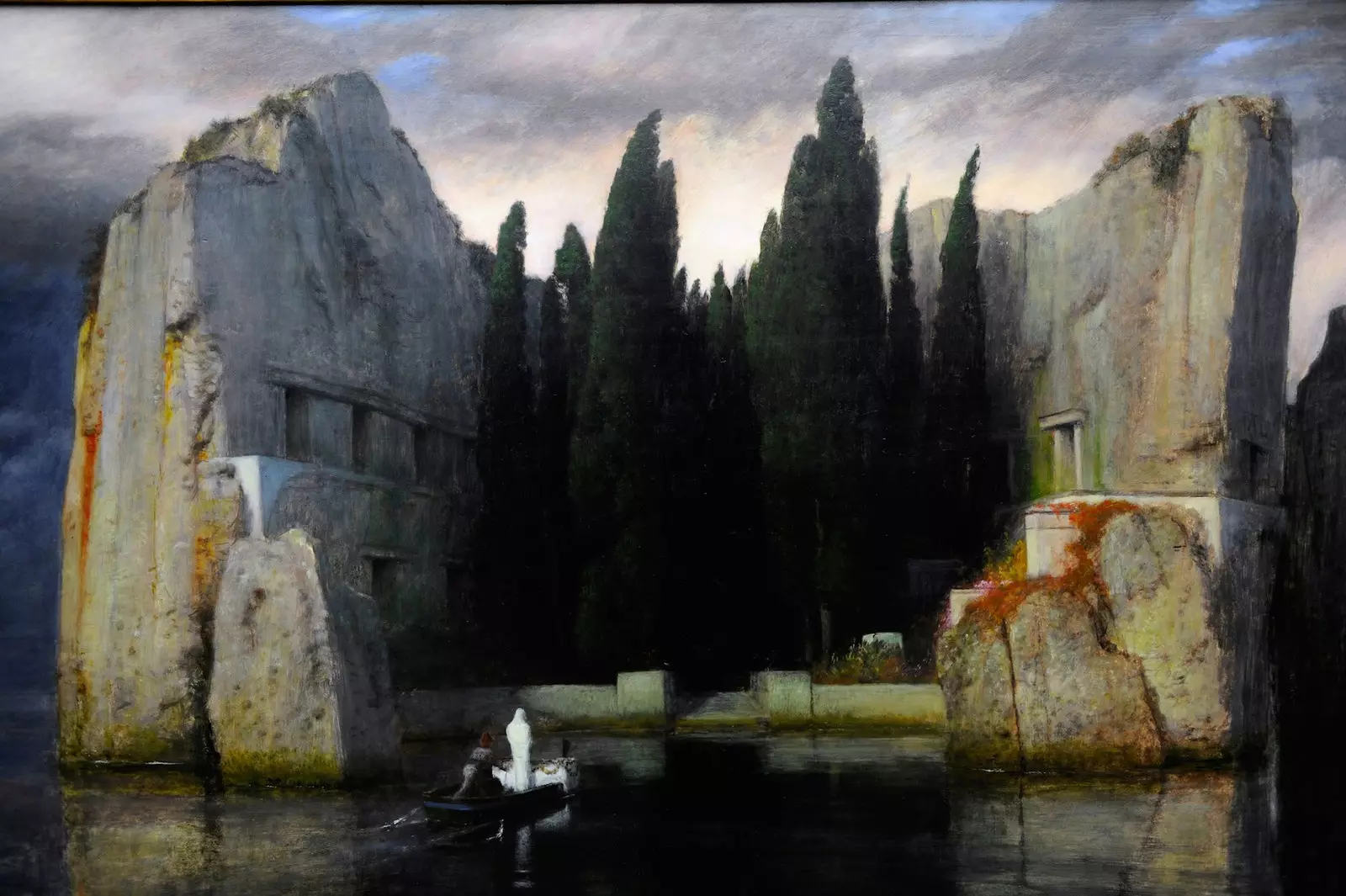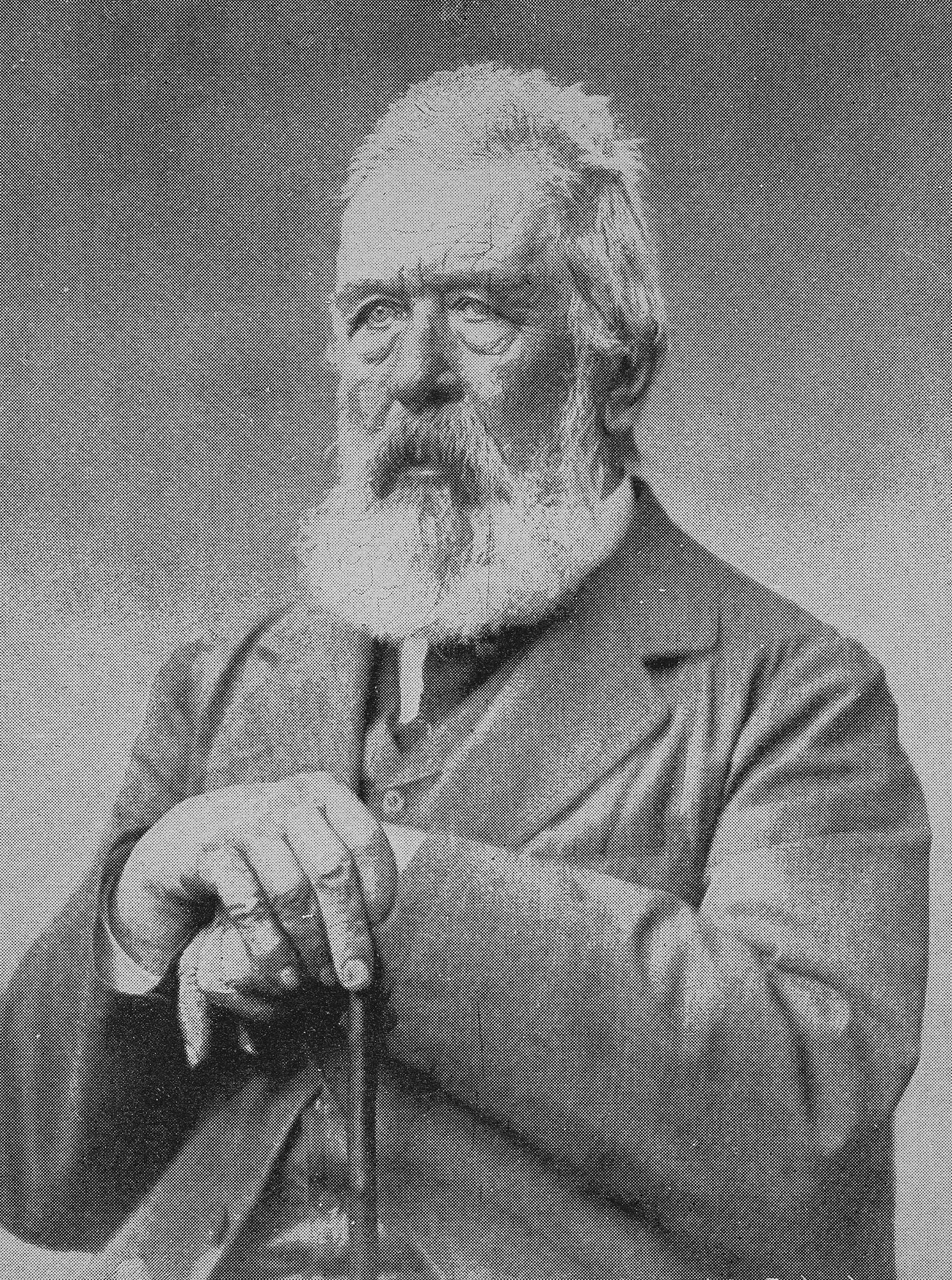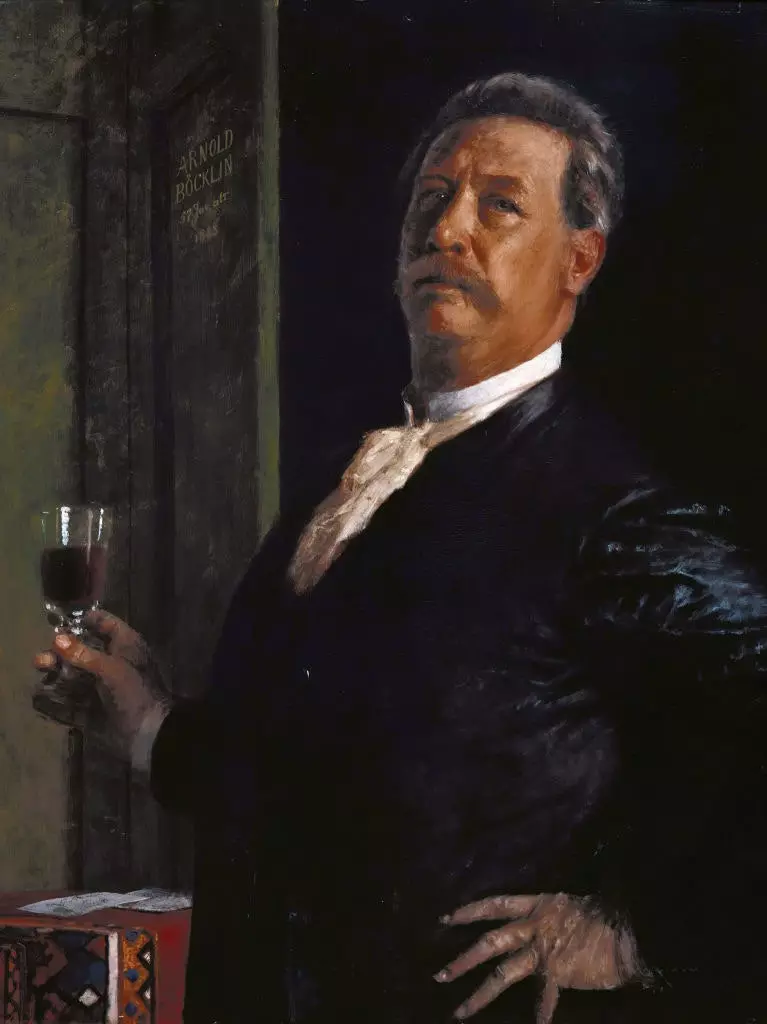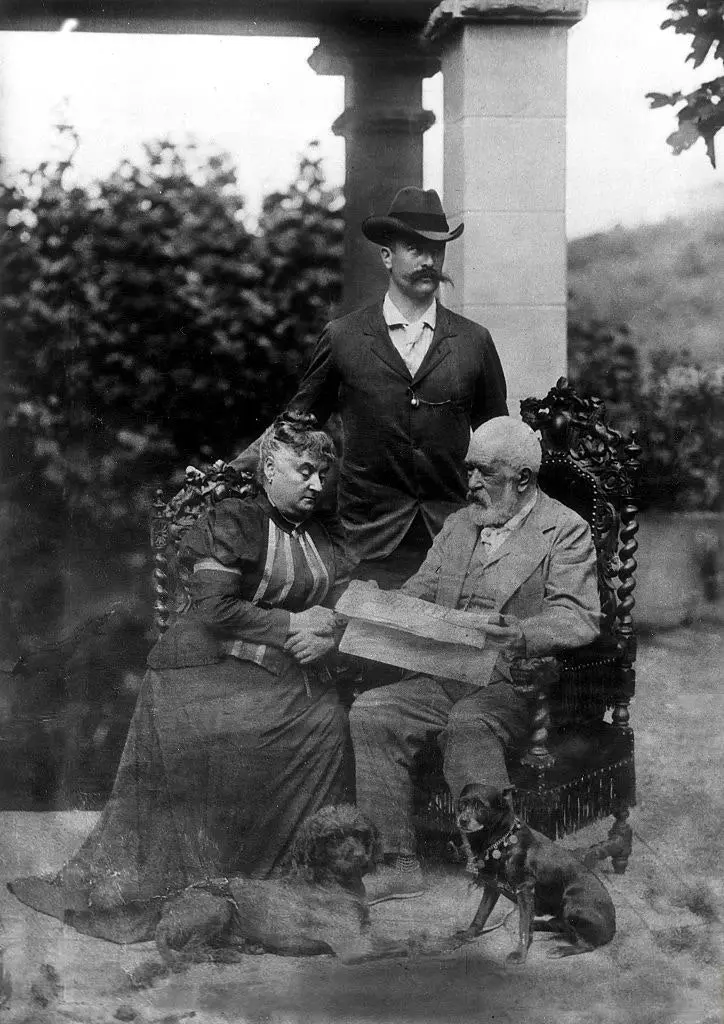
Trip to a painting: 'The island of the dead', by Arnold Böcklin
He comes to tell us that poem of Cavafy so groped that the important thing about the trip is the trip itself , and not where it leads us. In the case of 'Island of the Dead' of the painter from German Switzerland Arnold Bocklin (1827-1901), the situation is the opposite, since -as happens so often in reality, whether we like it or not- the trip is nothing more than a necessary procedure to reach a destination . Although there is great beauty in this procedure, especially for what it anticipates.
The painting is actually five paintings , the five versions that Böcklin painted between 1880 and 1886 for different clients. Four of them are preserved today, and another - which had been acquired by Baron Heinrich Thyssen , father of Heini Thyssen-Bornemisza- burned during one of the bombings of Berlin in World War II . The German industrialist was not the only famous owner of the work: it is rarely spoken of without noting that it was one of the favorites of Adolf Hitler , who considered Böcklin the best painter of his time, as well as one of the pillars of Germanic culture (you know: as Wagner , What Nietzsche , etc).
Obviously there is in this hypnotic and mysterious painting much more to note than the love of a genocide . so they thought Strindberg , who concluded with her his theatrical drama 'The Ghost Sonata' , Y Rachmaninoff , who dedicated a heartfelt orchestral piece to him. His influence on contemporary and later artists was also enormous. , from the group of Rosicrucians even the ** surrealists **. All Giorgio de Chirico is there. Also, of course, Dalí, Magritte, Delvaux or Erns t. In its dreamlike climate, in its classicism and its eccentricity, and in the enigma that it contains despite the fact that all the iconography displayed unequivocally points in one direction.

Arnold Bocklin
Because, what does that strangely static picture mean? Who are the two people traveling in that boat on a sea with flat water like a mirror? What is the scalloped white lump on the bow? And, above all, what is the place they are arriving at, that little island , that rock really, that looks like a great sculpture, an artificial creation more than a work of nature?
Although Böcklin never explained much about its meaning - he was not even the one who assigned the title by which the canvas is known, that was done by the dealer Fritz Gurlitt shortly after - it is known that he was always obsessed with death, an element present in all his production.
Death is encapsulated in each and every element of the image . Apart from some bushes and lichens, the only flora you expect on the island are a few tall cypresses, cemetery trees , with evergreen tops that evoke another but eternal life. The very configuration of the island suggests a huge funerary monument, perhaps even the façade of a mausoleum. And that unusual calm sea would be the stygian lagoon , which according to Greek mythology must pass through the souls on their way to the underworld of Hades. The man who guides the ship would therefore be the Ferryman Charon , who must be paid with a coin, the same one that the living have previously deposited under the tongue of the corpse before burying it. The deceased, wrapped in a white tunic that is a shroud, seems to escort his own coffin of the same white tone. And he feels no anxiety or hesitation or fear or sorrow , because none of this makes sense to someone who knows on the threshold of a ultimate abode , where every day will be the same, if the days exist.

Arnold Böcklin (Self-Portrait)
Because the most interesting thing, the most original thing about the painting, is that death figures in it without tremendousness and without unnecessary solemnity . We are not before the gloomy medieval death that seems to be lurking like a gossipy neighbor to take us with her without the possibility of extension and when the worst comes to us, not even in the face of the death of the baroque vanity , loaded with morality and always ready to lower our smoke because, my children, do not give yourselves so much importance when the only important thing here is God. Is this a serene and sublime death, safe and hidden , which awaits us without haste and to which we almost feel like giving ourselves over as we humans constantly give ourselves over to everything that involves mystery, from religion to art itself.
In his poetry Cavafy spoke of the island of Ithaca, the homeland of Odysseus as universal destiny. And it seems that Böcklin also had in mind some Mediterranean islands when he imagined his . There has been talk of Ponza , between Rome and Naples, today a favorite summer destination for peninsular Italians in search of sun and sand. Although it is more likely to be a combination between the islets of Pontikonisi , the east of Corfu - whose heart is occupied by a byzantine chapel surrounded by towering cypress trees - Y Strombolicchio next to the aeolian Stromboli , which presents a prominent and steep profile like the cliffs painted by the Swiss artist.
So if death is going to welcome us forever in the Mediterranean, maybe there's nothing to regret when the time comes.

Arnold Bocklin and family
There are several versions: they are found in the New York Met , the Basel Kunstmuseum , the National Gallery of Berlin and the Museum der bildenden Künste in Leipzig.
